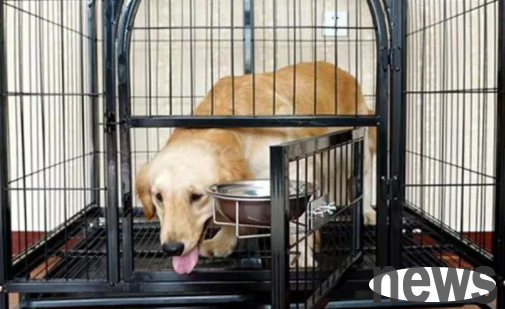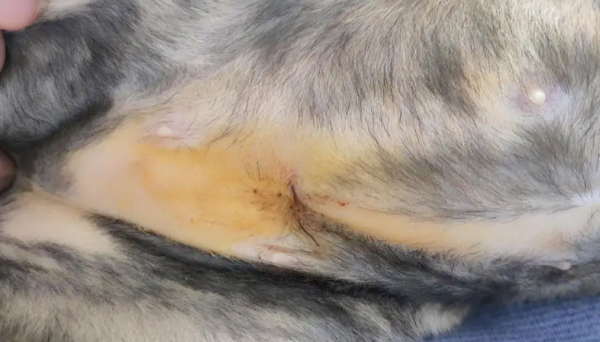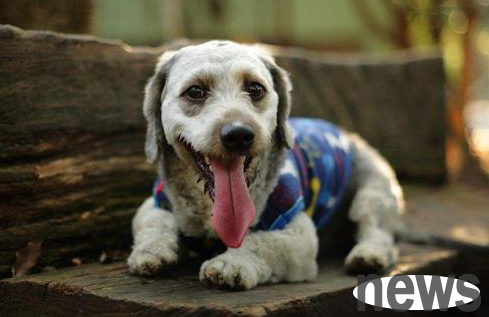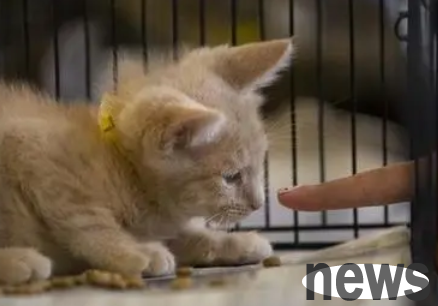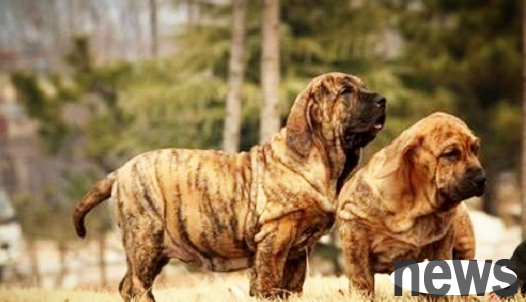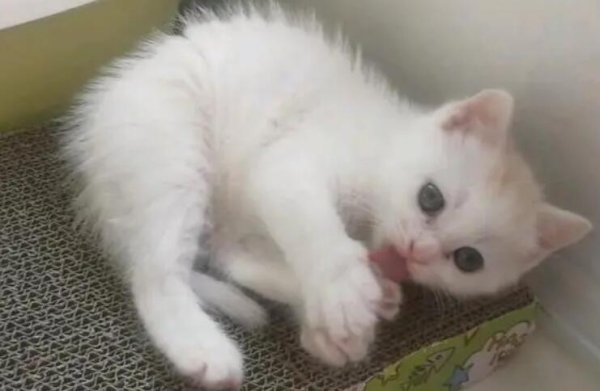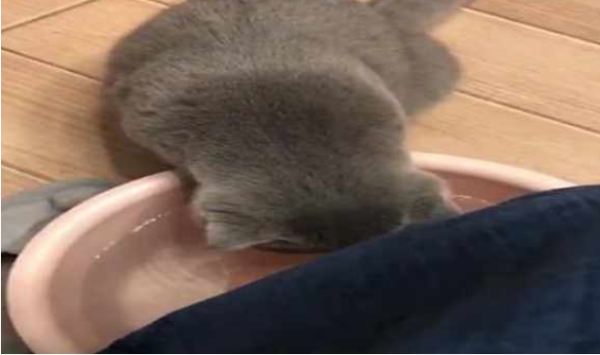What is rabies? Symptoms and prevention of rabies
Rabies (rabies), also known as mad dog disease, is an acute direct contact sexually transmitted disease that humans and all warm-blooded animals coexist. The affected dogs have prominent symptoms of mania, abnormal behavior, salivation and loss of consciousness, and progressive paralysis. At the same time, intracytoplasmic eosinophilic inclusions appear in infected neurons.
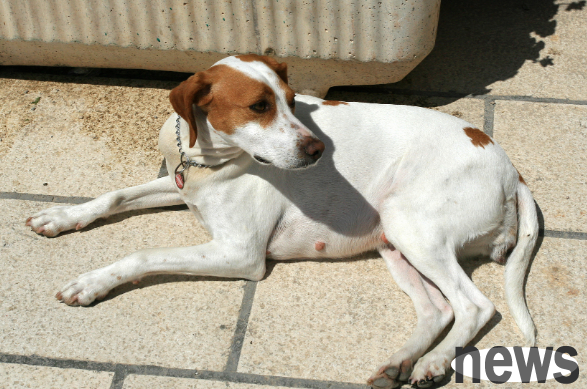
[Pathogenesis and epidemiology]
1. Pathogen:
The pathogen is rabies virus, which is mainly transmitted through skin and mucosal wounds. There are also reports of infection through the respiratory tract through aerosol and accidental ingestion of meat from sick animals through digestive tract.
2. Source of infection:
And poisonous dogs and cats are the main sources of infection for rabies in humans and animals. After the virus invades an animal's body, it mainly exists in the cerebral cortex, hippocampus, cerebellum, brain and spinal cord. The salivary glands and saliva also contain a large amount of viruses and are excreted from the body with the saliva.
3. Susceptible animals:
Canines and felines are highly susceptible to rabies viruses
4. Epidemic features:
This disease is widely prevalent in wild animals around the world, and wild animals are the hosts and natural sources of epidemics that spread the disease in nature.
【Symptoms】
After infection with rabies virus, the incubation periods of dogs, cats and people are similar, with an average of 20 to 60 days, which can last several months to several years, and the shortest is only one week. According to clinical characteristics, it is divided into violent and paralytic types.
1. Furious type: At the beginning of the disease, the spirit is depressed, likes to lie in the dark, likes to eat foreign objects, increase saliva, and weak hindquarters, for about 1 to 2 days, which is called the prodromal stage; then it appears excited and violent, with eyes staring, the pupils dilated, wandering around, often attacking people and animals, which is hoarse and saliva flows on the mouth, for about 2 to 4 days, which is called the excitatory stage; then the jaw drops, opens its mouth and saliva, walks and shakes, loses and dehydrates, and eventually dies due to general failure and respiratory center paralysis, which is about 1 to 2 days, which is called the paralysis stage.
2. Paralysis type: Because of the short excitation period, it mainly manifests paralysis symptoms, such as opening the mouth and hanging tongue, oral saliva, and local paralysis of the head and hindquarters to limbs and general paralysis, and often die within 1 to 2 days. The symptoms of cats are similar to those of dogs, and are more common in rage. When people approach, they have sudden attacks and often attack people's heads. Therefore, cats with symptoms that meet the characteristics of this disease should be given special attention.

[Diagnosis]
Based on the clinical characteristics of diseased animals such as turbulent restlessness, salivation, active attack on humans, animals and later motor disorders, combined with sporadic and history of bitten injuries, a preliminary diagnosis can be made. The laboratory diagnosis of rabies mainly uses ELISA detection kits, which can perform rabies antigen qualitative and serum antibody levels detection on suspected animals.
【Prognosis】
Once symptoms appear in this disease, the mortality rate is 100%.
【Prevention】
At present, the Ministry of Agriculture of my country announced that the qualified vaccine to prevent this disease is the "dog five-unit live vaccine" of Jilin Five-Star Animal Health Pharmaceutical Factory, the "rabies live vaccine" of Zhengzhou Biopharmaceutical Factory and the French Vic Pharmaceutical Factory, and the "dog and cat rabies inactivated vaccine" of Interway International Co., Ltd. in the Netherlands. The method of using the "dog penta-live vaccine" is the same as the aforementioned canine distemper prevention injection method. The method of using the "inactivated rabies seedlings of dogs and cats" in the Netherlands is that dogs and cats are vaccinated after 3 weeks of age, with a protection rate of up to 100%, and a protection period of 3 years.



